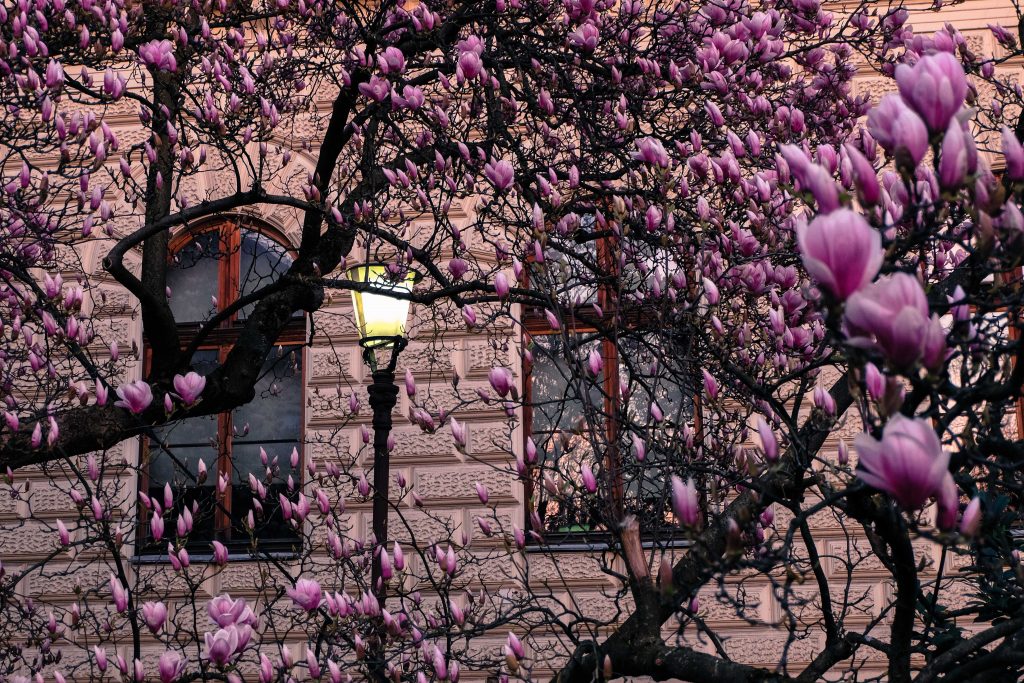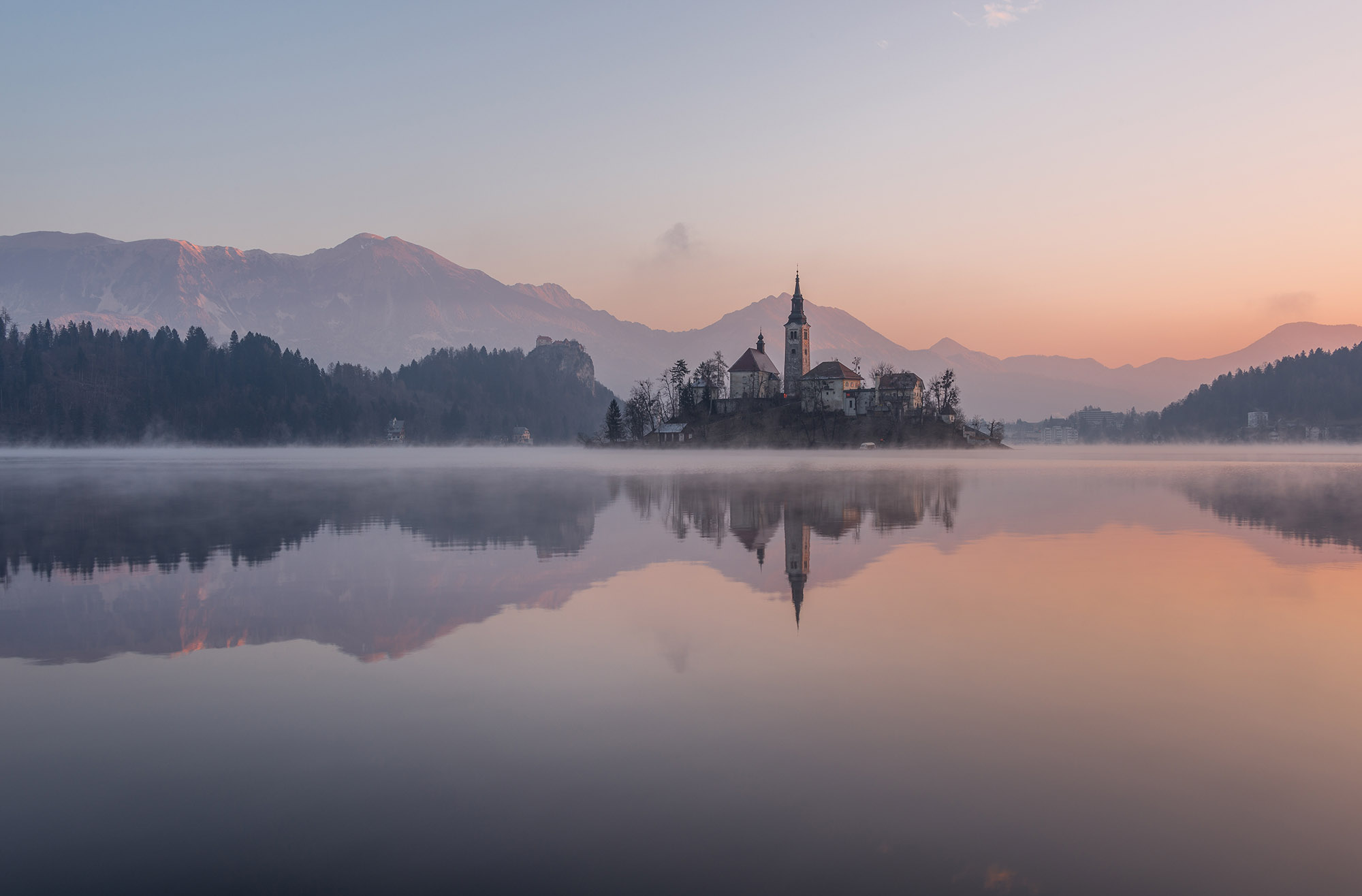Slovenia is a beautiful country in Central Europe bordered by Italy, Croatia, Hungary, and Austria.
Landscape
Slovenia has a dynamic natural landscape that is breathtaking in its beauty as well as jaw-dropping. From snow-capped mountains like the Julian Alps to the beautiful and short coastlines along the Adriatic Sea, to the subterranean parts of Postojna caves to the sparkling green rivers and lakes, Slovenia has it all. The climate is also something to brag about in Slovenia, with the Mediterranean breezes with warmth in such a way that it can even snow during the summer, which in itself is amazing; it is also one of the greenest countries on earth, with more than half of its size being covered in forests. The landscape has great opportunities for outdoor opportunities such as skiing, hiking, cycling, mountain climbing, horseback riding, but if this is not for you, a relaxing day at the beach should work too.
Culture and Tradition
Most of the population in Slovenia is ethnically Slovene, and the same language serves as the official mode of communication; there are some subtexts of Czech and Slovak with a mixture of Croatian absorbed from its neighbours. Most of the population is of the Christian religion, particularly of the Roman Catholic, while the rest practice Islam, Buddhism, and Protestant Christianity. Slovenian culture is very polycentric – conforms easily to adopt that of neighbours, so most of its culture is what you will find in most of Europe, such as etiquette, greetings and so on.
Gastronomy
The land of Slovenia is a must-visit destination for foodies due to its unique blend of culinary traditions from its neighbours – Hungary, Austria, the Balkans, Croatia, and Italy – to create a unique yet familiar culinary experience; you will experience the beauty of new yet unexpected tastes in food. There is a lot to sample while visiting Slovenia, including an amazing dessert called “gibanica”, which from reputation, is one of the most decadent desserts in Europe. The red and white wines made in this country are also great especially when paired with local cuisine.
Dynamic Cities
The most dynamic city in Slovenia has to be its capital, Ljubljana, which has been described as absolutely picturesque and pint-sized. Maribor is the second-largest city and is well known for its wines that will make it appealing to wine lovers and mountain hikers hoping to explore Mariborsko Pohorje Mountain. Other cities such as Celje – the oldest town in Slovenia, Novo Mesto and Kranj are also great for off the beaten path explorers.
Know Before You Go
Slovenia is part of the Schengen Area of Europe, so it’s easy to add to a road trip or explore the neighbouring countries without border controls. As Slovenia is small, it’s a joy to experience its incredible diversity in one trip. Take time to explore the scenic coast. Head for a hike or go mountain biking the lush forest at Bohinj, and gaze in awe at the tranquil Lake Bled.
Slovenia has a complex medieval history, demonstrated best in a visit to its many castles. Coincidentally, their elegant visual mystique is alluring enough alone. Ptuj, Bled, and Ljubljana Castles are full of historical intrigue. Predjama castle has the enchanting quality of being built directly into a cliff. It’s worth a trip to see each of them.
Although Slovenia uses the Euro, its remarkably affordable and your money will go much further than in neighbouring European countries such as Italy and Austria. Transport is on the same par, but you can find food very cheap.
Best Time To Visit
Slovenia is one of those places that is spectacular in all seasons. Lake Bled, in particular, is mesmerizing to see in the changing of the seasons.
Spring and autumn see bursts of colour across the country. As the flowers spring to life and leaves turn from green to gold.
The most reliable weather in summer (July/August). Which is also when you’ll find the festival circuit in full flow and the most tourists.
If you’re visiting in Winter you’re in luck. Did you know Slovenia has a fantastic ski resort that’s the cheapest in Europe? Kranjska Gora kicks of the season in December and runs through till March.
What To Expect
Planning a trip to Slovenia? Here are a few things to check off your planning list.
Currency – The official currency of Slovenia is the Euro
Language – The official language is Slovenian
ATMs – You can find ATM’s everywhere in banks, supermarkets and convenience stores. You’ll find fewer as you venture into the rural areas. An ATM must use the same branch as your card so look for the logo.
Plugs & Sockets – Slovenia uses 2 kinds of plugs. The Europlug, or Type C with 2 round pins, and the Type F with 2 round pins and 2 earth clips. The standard voltage is 230v and 50Hz frequency.
Safety – Slovenia is very safe to travel and is even said to be the safest place in Europe.
Climate – The Primorska region has a glorious Meditteranean climate. Bringing warm, sunny days in summer and cool winters.
For the rest of Slovenia. A continental climate of hot summers and blisteringly cold winters is the norm. Though, the fairytale landscape that comes with the frost is enchanting enough to forget about the cold.
In any season, the vicious “burja wind” blowing through the Karst of Italy and Slovenia can be bitter. Layers are always a good idea.
Latest Slovenia Articles

Travel guide to Lake Bohinj

Slovenian Hiking Guide

Slovenian Mountains Guide

Ljubljana Travel Guide

Slovenia Travel Guide

Lake Bled Travel Guide

